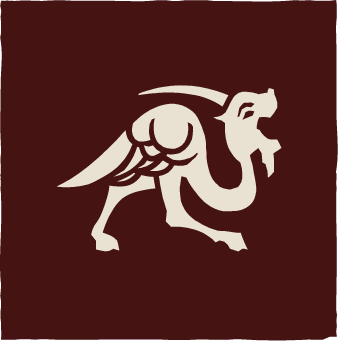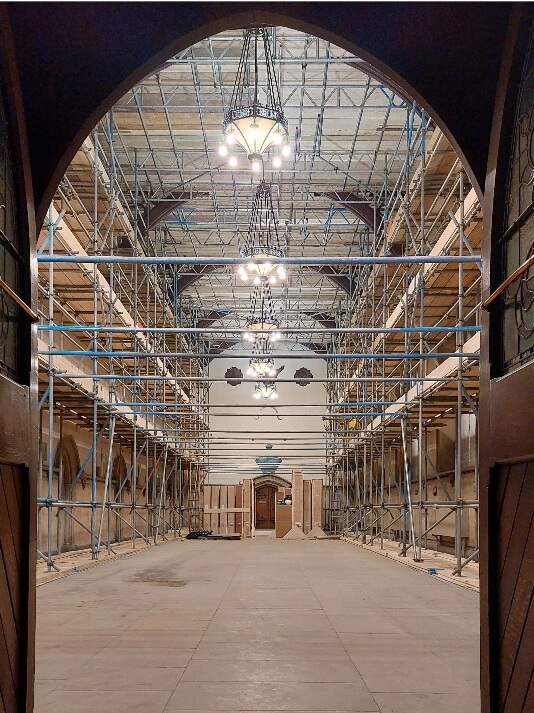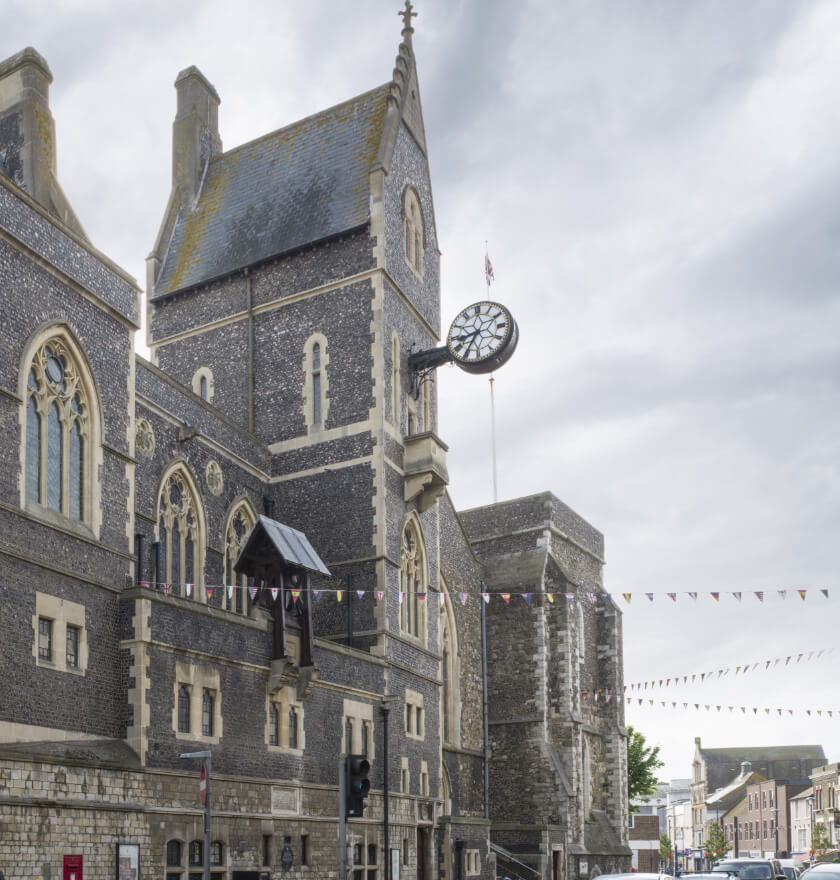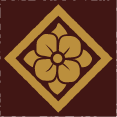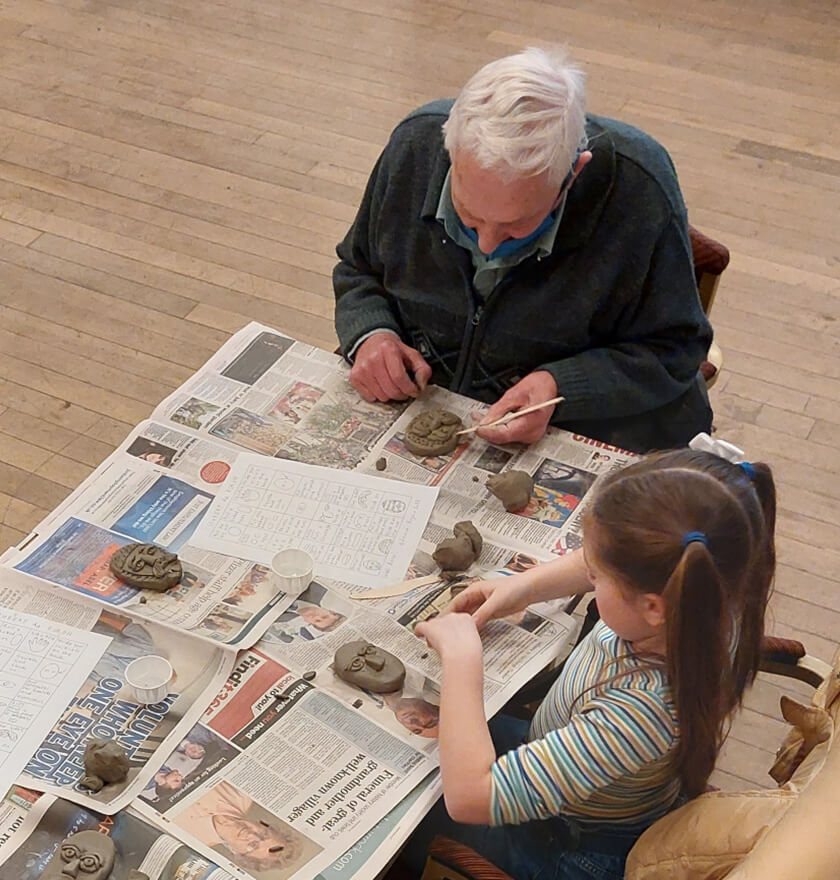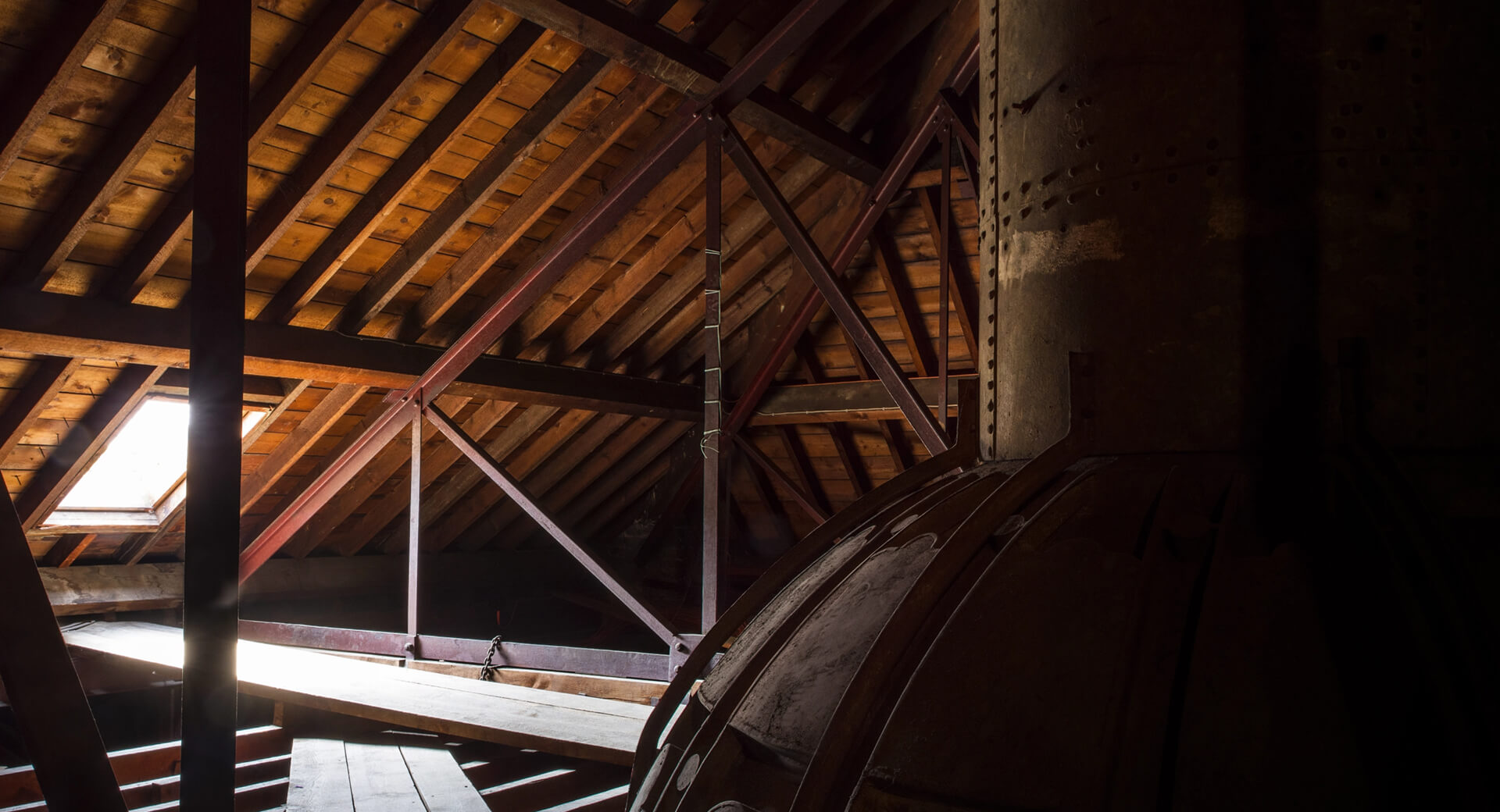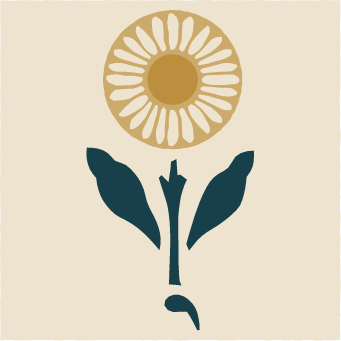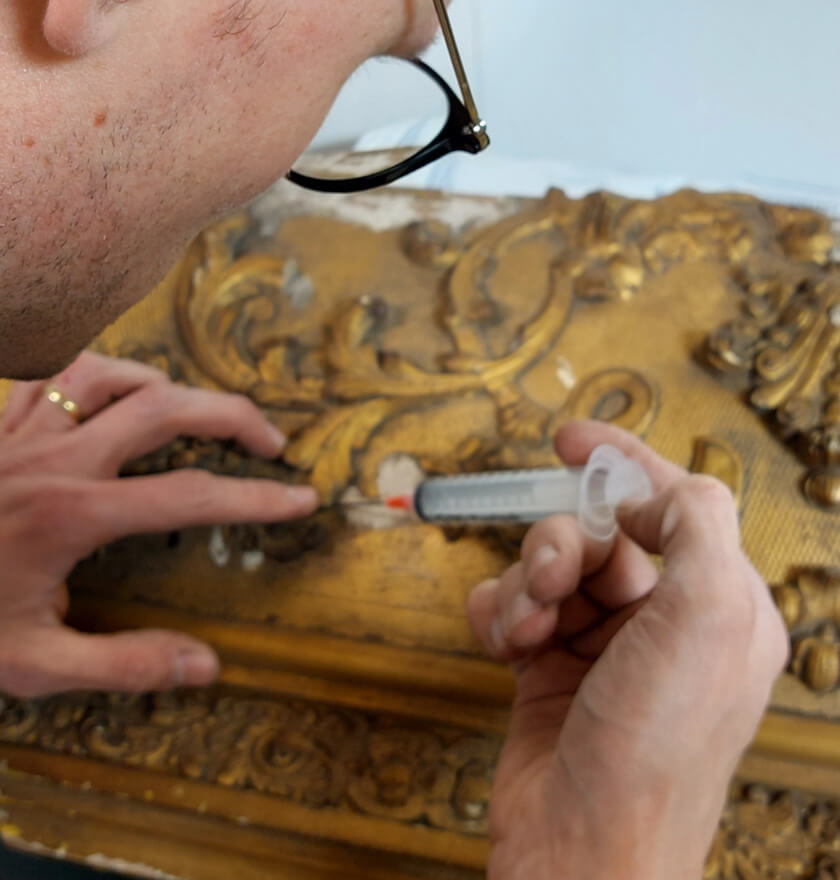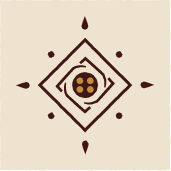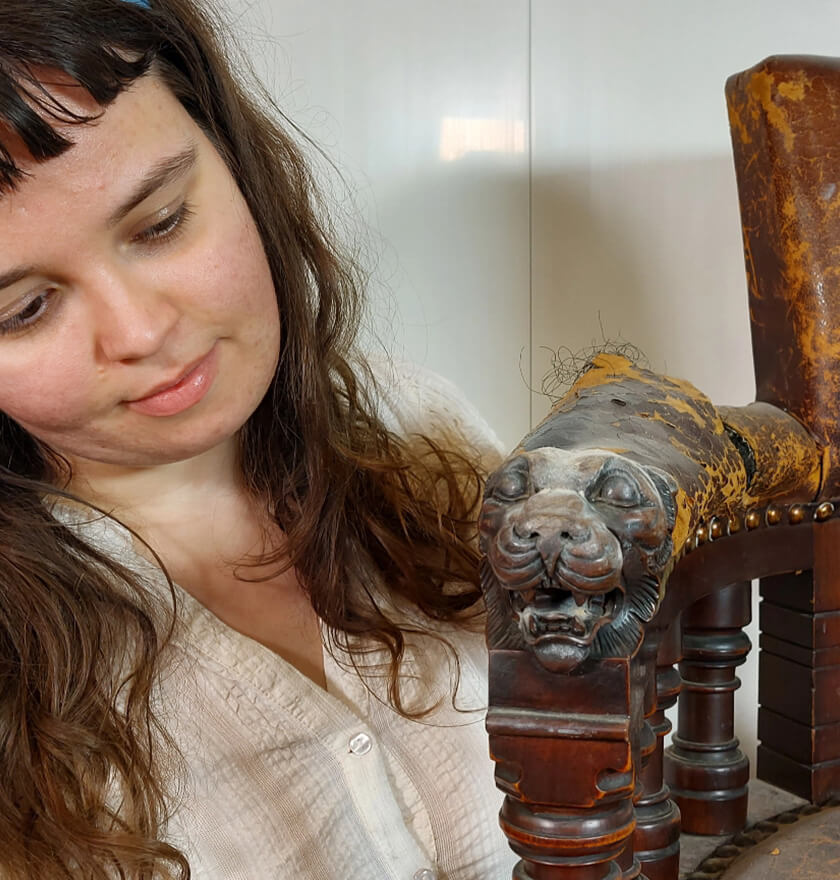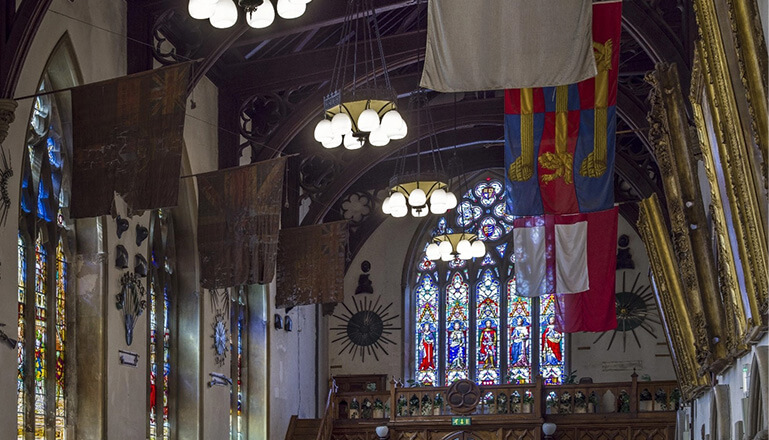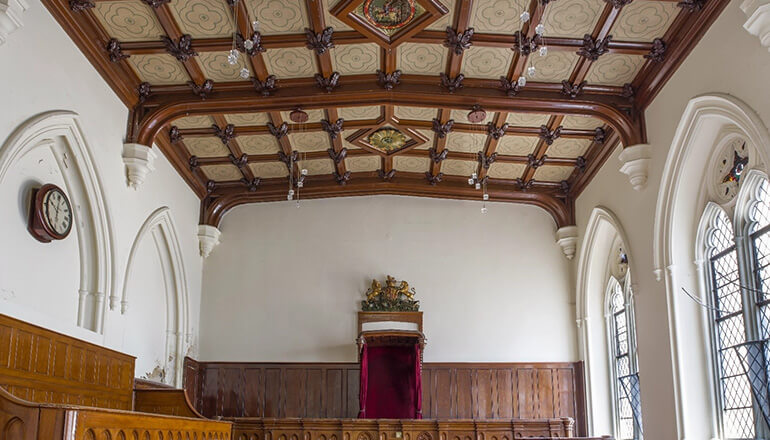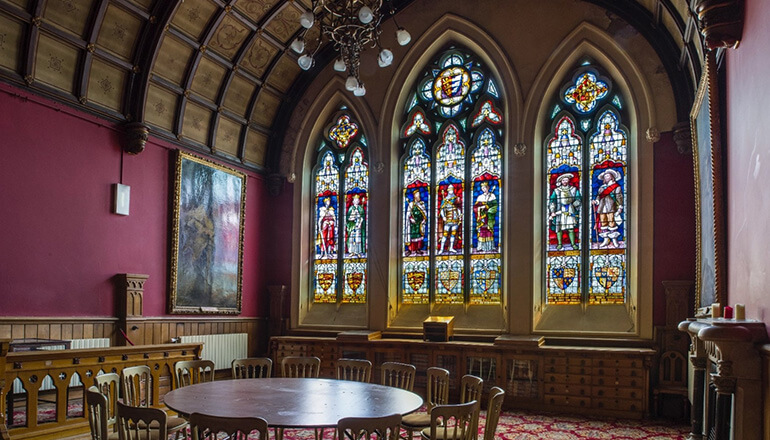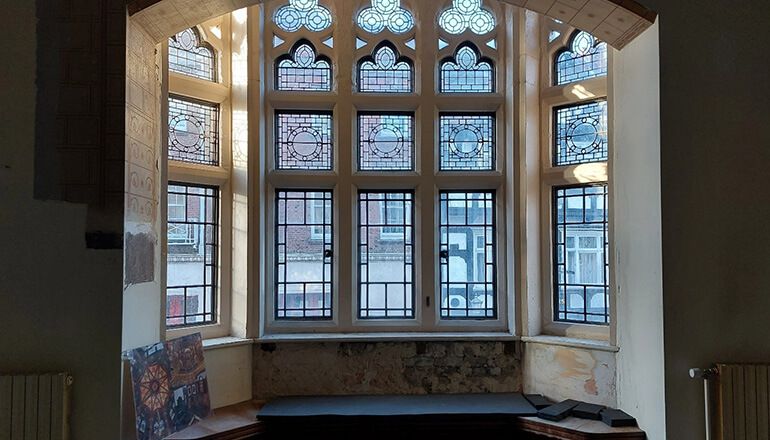About Us
What is the restoration project?
The project will restore the Maison Dieu to its former glory ensuring it will play a vital role in the life of Dover for many years to come.
Despite continuing to serve the community for a range of uses, parts of the building were in poor condition and in need of repairs and upgrades. Anyone who has used the building for a function will know that the position of toilets, storage spaces, entries, exits and disabled access create a whole host of problems. The building also operates at a significant annual loss that is currently met by Dover District Council. With increasing pressure on Council finance, this position is not sustainable and ways need to be found to help the building cover its costs.
Find out about the history of the Maison Dieu on our dedicated page.
Read about the progress of the Reawakening the Maison Dieu project so far here.
For further information please follow this link to the design consultation boards.
